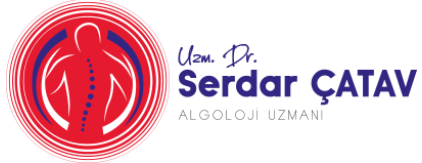Since the knee is one of the main weight-bearing joints of the body, it is subject to a lot of wear and tear throughout our lives. The condition, which is the result of injuries, diseases, and the effects of aging, causes significant knee pain.
Anyone who has suffered from chronic knee pain knows how much of an impact this can have on their work life, fitness and daily tasks. In people with advanced knee arthritis, the pain often persists even when sitting or lying down.
As osteoarthritis progresses in the knee joint, the pain and stiffness of the knee can become unbearable. Lifestyle changes such as weight loss may initially provide relief, but pain always returns as arthritis progresses. In this case, it eventually becomes unresponsive to conventional treatments such as drug therapy. At this point, many patients are forced to have a knee replacement.
However, many patients may choose newer and more advanced non-surgical treatment options such as genicular nerve block and ablation because of multiple diseases or their unwillingness to undergo surgery.
Genicular nerve block and ablation is a procedure performed in patients suffering from chronic knee pain to relieve knee pain by blocking the nerves that carry the pain sensation of this region and at the same time to partially restore its functionality.
knee joint; It is innervated by the articular branches of various nerves, including the femoral, peroneal, saphenous, tibial, and obturator nerves. These branches around the knee joint are known as genicular nerves.
To Whom Genicular Nerve Block Can Be Applied
*Patients with chronic knee pain secondary to osteoarthritis
*Patients with failed knee replacement
* Patients unsuitable for knee prosthesis
* Patients who want to avoid surgery
In order to understand whether this procedure will be beneficial in chronic knee pain, a diagnostic genicular nerve block is first performed. These injections are administered by injecting a small amount of local anesthetic (1-2 ml) lidocaine or bupivacaine around the superior lateral (SL), superior medial (SM) and inferior medial (IM) branches of the patient’s genicular nerve under fluoroscopy. If there is at least 50% reduction in knee pain within 24 hours after this procedure, it means that the procedure will be successful and radiofrequency ablation treatment of the genicular nerves is applied to the patient for a longer response. In this procedure, although it is the same as the genicular nerve blocking procedure, the genicular nerves can achieve a longer effect here. They are blocked with radiofrequency needles instead of local anaesthetics (8 months-1 year) to cure the disease.
This procedure, which has extremely rare complications and is performed under sedation, is an excursion and usually takes 10 to 15 minutes. Patients are sent home after resting for 2 hours.




